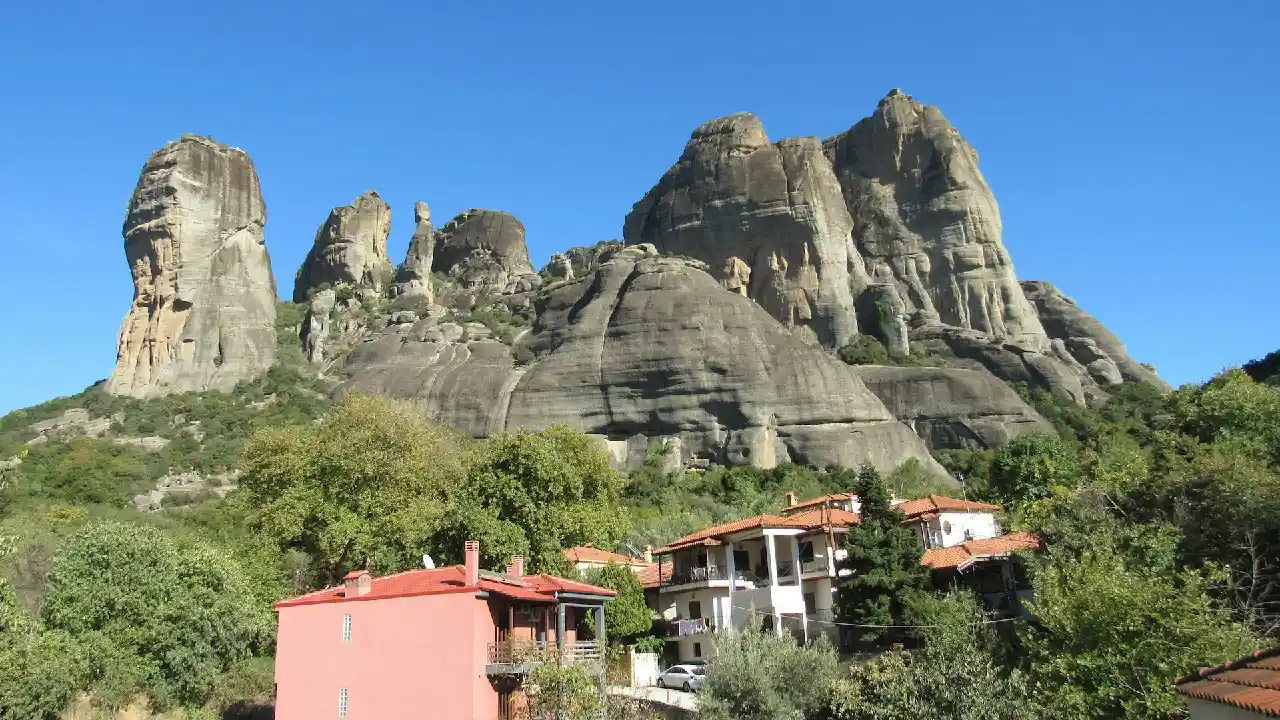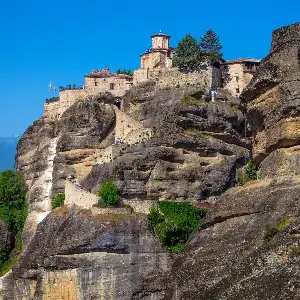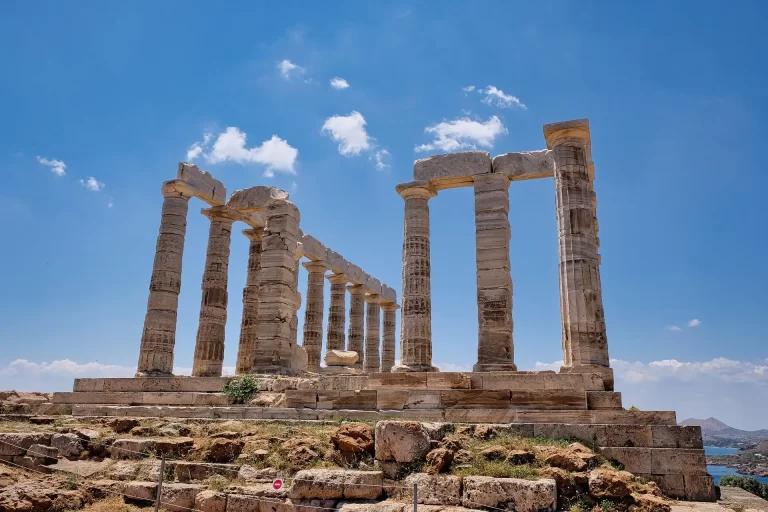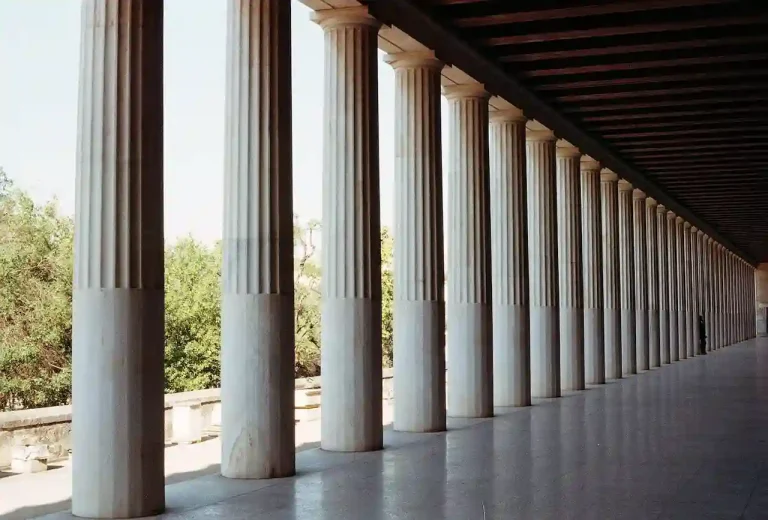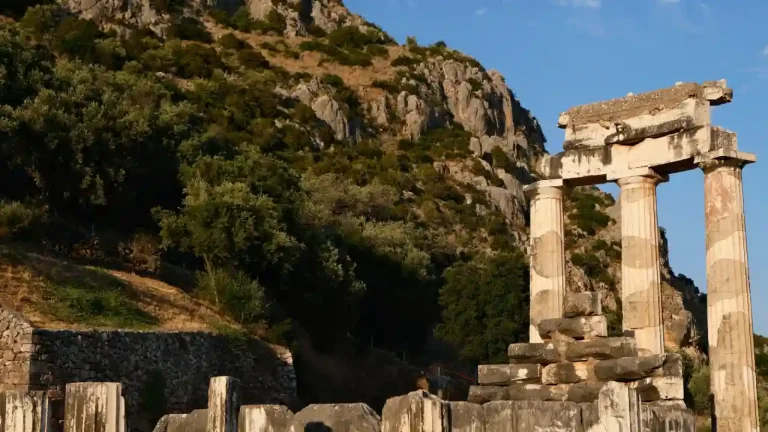Meteora Mountain in Greece: A Breathtaking Wonder
Meteora mountain , located in central Greece, is one of the most stunning geological and cultural sites in the world. Known for its towering rock formations and centuries-old monasteries perched atop these cliffs, Meteora offers a breathtaking fusion of natural beauty and human ingenuity. This UNESCO World Heritage Site is a spiritual and historical landmark that attracts visitors from around the globe.
The Geological Formation of Meteora
The Meteora rock formations date back approximately 60 million years. Formed through the slow erosion of sandstone and conglomerate rock, these monoliths rose as a result of earthquakes, water movements, and wind erosion. Over time, the natural forces sculpted the rocks into towering pillars, making Meteora a unique geological wonder.
Historical Background of Meteora
Long before it became a center for monastic life, Meteora was inhabited by ancient civilizations. The caves found in the area suggest human presence dating back to the Paleolithic period. However, it was during the 11th century that Meteora became a religious sanctuary when Orthodox Christian monks began to settle in the area, seeking solitude and spiritual enlightenment.
The Monasteries of Meteora Mountain
At its peak, Meteora housed 24 monasteries. Today, only six remain active, preserving the traditions of Greek Orthodoxy. These monasteries include:
- The Great Meteoron Monastery – The largest and most historically significant.
- Varlaam Monastery – Known for its impressive frescoes and relics.
- Roussanou Monastery – Unique for its easy accessibility.
- St. Nicholas Anapausas Monastery – Small but rich in artistic heritage.
- Holy Trinity Monastery – Featured in the James Bond movie For Your Eyes Only.
- St. Stephen’s Monastery – The most accessible and welcoming to visitors.
The Significance of Meteora in Orthodox Christianity
Meteora has long been a refuge for monks and hermits seeking spiritual retreat. The monasteries became significant centers of Orthodox Christianity, especially during the Ottoman occupation when they safeguarded Greek culture, language, and religious texts.
Meteora’s Role in Greek History
During various periods of history, Meteora served as a sanctuary for those fleeing persecution. The remote and hard-to-reach monasteries provided shelter for Greek revolutionaries during the Ottoman rule and later played a role in World War II resistance efforts.
The Unique Architecture of the Meteora Monasteries
The monasteries of Meteora were built with great difficulty, requiring monks to use ladders and pulleys to transport materials up the steep rock faces. Over time, stairways and bridges were added, but the sense of isolation and serenity remains intact. The frescoes and Byzantine art inside the monasteries are among the finest in Greece.
Tourism in Meteora: A Traveler’s Paradise
Today, Meteora mountain is one of Greece’s top tourist destinations. Visitors come to witness the breathtaking scenery, explore ancient monasteries, and immerse themselves in the rich cultural and religious history of the area.
Hiking and Outdoor Adventures in Meteora
Hiking in Meteora is an unforgettable experience. Popular trails such as the Great Meteoron Trail and the Holy Trinity Trail offer spectacular views and a glimpse into the area’s rich history. Rock climbing is also a popular activity for adventure seekers.
Meteora’s Mountain Flora and Fauna
Meteora is home to a diverse range of plant and animal species. Wildflowers, oak forests, and rare bird species make it an ecological haven. Conservation efforts ensure that this unique biodiversity is preserved for future generations.
UNESCO World Heritage Status
Meteora was designated a UNESCO World Heritage Site in 1988, recognized for both its natural and cultural significance. The monasteries and rock formations stand as a testament to the harmonious relationship between nature and human spirituality.
Meteora Mountain in Popular Culture
Meteora has inspired artists, writers, and filmmakers. It has appeared in movies such as For Your Eyes Only and has been a subject of various paintings and literary works.
Local Cuisine and Culture Around Meteora
The region around Meteora offers delightful Greek cuisine. Traditional dishes such as moussaka, souvlaki, and spanakopita can be enjoyed in local tavernas, offering an authentic taste of Greek culture.
How to Reach Meteora and Travel Tips
Meteora is accessible by train, bus, and car from Athens and Thessaloniki. The nearest town, Kalambaka, serves as a base for visitors exploring the monasteries.
Preserving the Beauty of Meteora for Future Generations
With growing tourism, sustainable practices are essential. Conservation programs focus on protecting Meteora’s delicate environment and historical structures. Visitors are encouraged to respect the sanctity of the site.
Frequently Asked Questions About Meteora
1. What is the best time to visit Meteora?
Spring (April–June) and autumn (September–November) offer pleasant weather and fewer crowds.
2. How many monasteries are open to visitors?
Six monasteries remain active and open to tourists on a rotating schedule.
3. Is Meteora suitable for hiking?
Yes, there are several well-marked trails for different skill levels.
4. Can I take photos inside the monasteries?
Photography is allowed in certain areas but restricted inside churches.
5. What should I wear when visiting the monasteries?
Modest attire is required: long skirts for women and long pants for men.
6. How much time should I spend in Meteora?
A two-day visit is ideal to explore the monasteries and enjoy outdoor activities.

